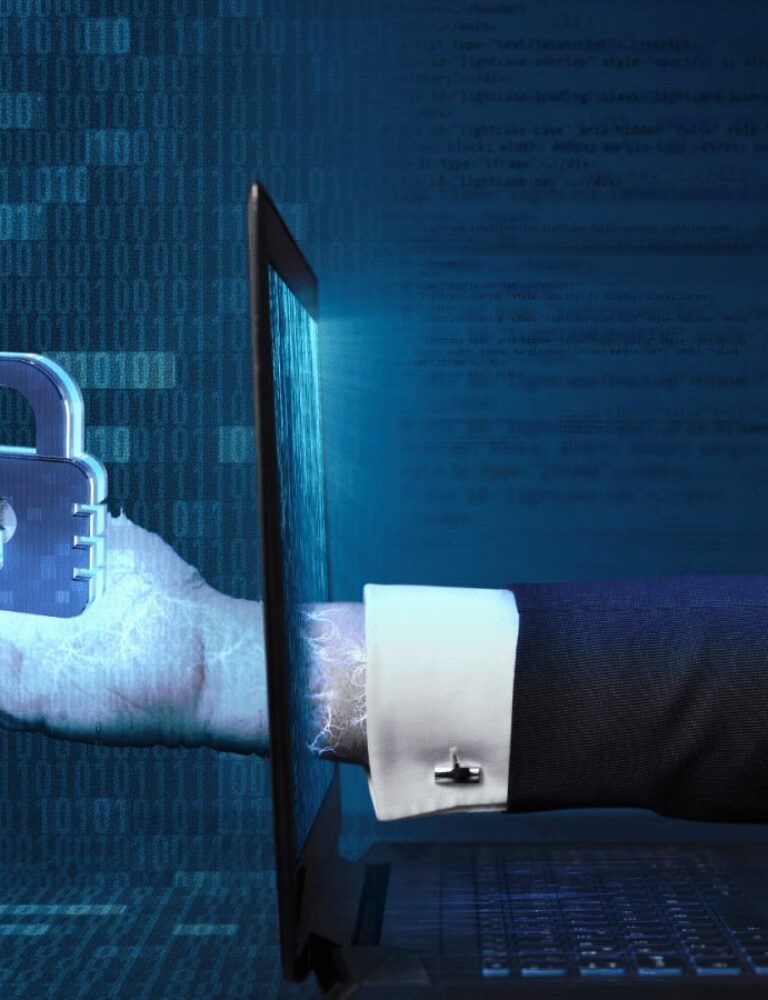
In today’s digital world cybersecurity has become one of the most important aspects of running business. It only takes one successful hacking attack to cause serious financial, reputational and legal loses to the entire organization and the partners. That’s why it is so important to systematically make sure that proper measures are in place to protect for cyberthreats. In this article I present five key ways for companies to maintain a high level of cybersecurity.

1. Employee education
The most effective line of defence in the fight against cyber threats is well-trained employees who can guard against error – maintaining proper vigilance and sobriety of mind in threatening situations. For this reason, it is worth to organize regular training sessions that discuss the latest types of attacks, how to identify phishing attempts or other Internet scams. Equally important is a well-developed policy for the secure use of company devices, passwords and ongoing education of employees about the dangers of using unknown Internet sources. It should be emphasized that in most cases the human factor is the main source of a successfully executed hacking attack.
2. Updates and security
It is important to keep the overall software and applications used in the organization up to date. Software manufacturers often issue security patches to fix known security vulnerabilities. It is also important to use solutions such as antiviruses and firewalls to further protect company resources from malware.
3. Secure passwords, two-step verification data and data encryption
All company accounts used in daily work should be secured with strong and unique passwords, and employees should not use the same passwords for several accounts, as attackers will be able to access multiple resources in the event of data leak. An additional layer of protection will be provided by two-step verification, which, in addition to the standard password, requires users to enter an additional code obtained for example, via phone. It is also worth remembering about data encryption, which secures company information once it has fallen into the wrong hands.
4. Regular backups
Backups should be made according to the 3-2-1 rule. This is a popular rule for backing up data in a safe and efficient manner. This rule is designed to provide the maximum level of protection for sensitive information from loss in the event of a hardware failure, hacking attack, or other hard-to-predict event.
Here is a brief explanation of the 3-2-1 rule:
3 – Means that you should create three separate backups of your data. Two of these backups should be stored off the device on which the data is ultimately located, for example, in the cloud . This provides a safeguard against loss in the event of a hardware failure, including a hard drive, or if the device is stolen. The third copy is left on your device.
2 – Means that two of the three backups, should be stored on two different media. This could be, for example, an external drive, a USB flash drive, an SD card, or the cloud. That way, if one of the media fails, the other serves as a backup.
1 – Means that at least one of the backups should be stored off-site where the original data is located. An ideal solution is to store this copy in the cloud. This protects against situations such as theft, fire or flood, which could destroy all copies located in one place.
5. Monitoring and early response to threats
It’s worth investing in tools that continuously monitor network and system security, i.e. SIEM. This allows to track suspicious activity, detect unauthorized access attempts, and respond quickly to potential threats. Effective incident response can prevent bigger problems in the future. It’s worth setting up a separate SOC (Security Operation Center) department or using a service of this type from an external partner who will take responsibility for managing the security of the company’s infrastructure. Polcom comes to the rescue in this regard.
To summarize, cyber security within an organization is a key aspect of business operations today. Attention to employee education, regular updates and security, strong passwords, backups and monitoring of IT infrastructure are key elements to help increase the security of stored data and the availability of key systems. An investment in cyber security is an investment in a company’s future and its good name in the market. Hacking attacks are occurring with increasing frequency, and being properly prepared for them will allow you to respond quickly and effectively, minimizing losses and other risks.
